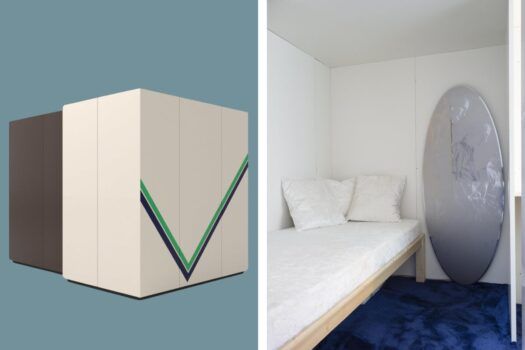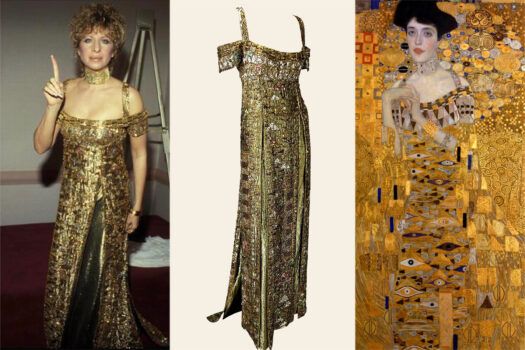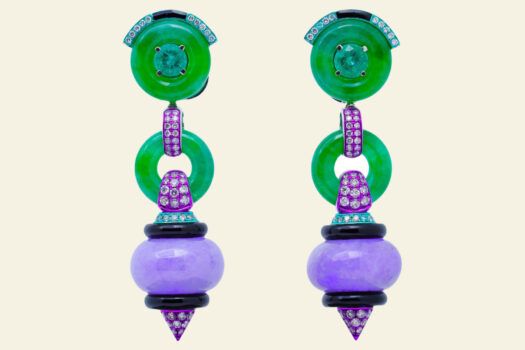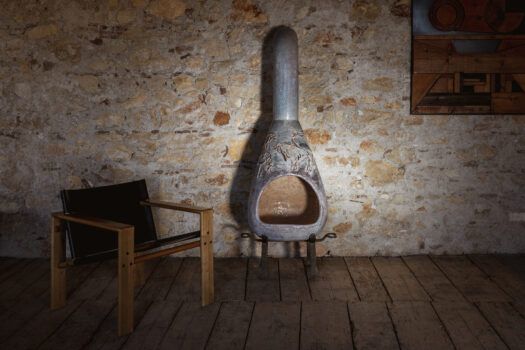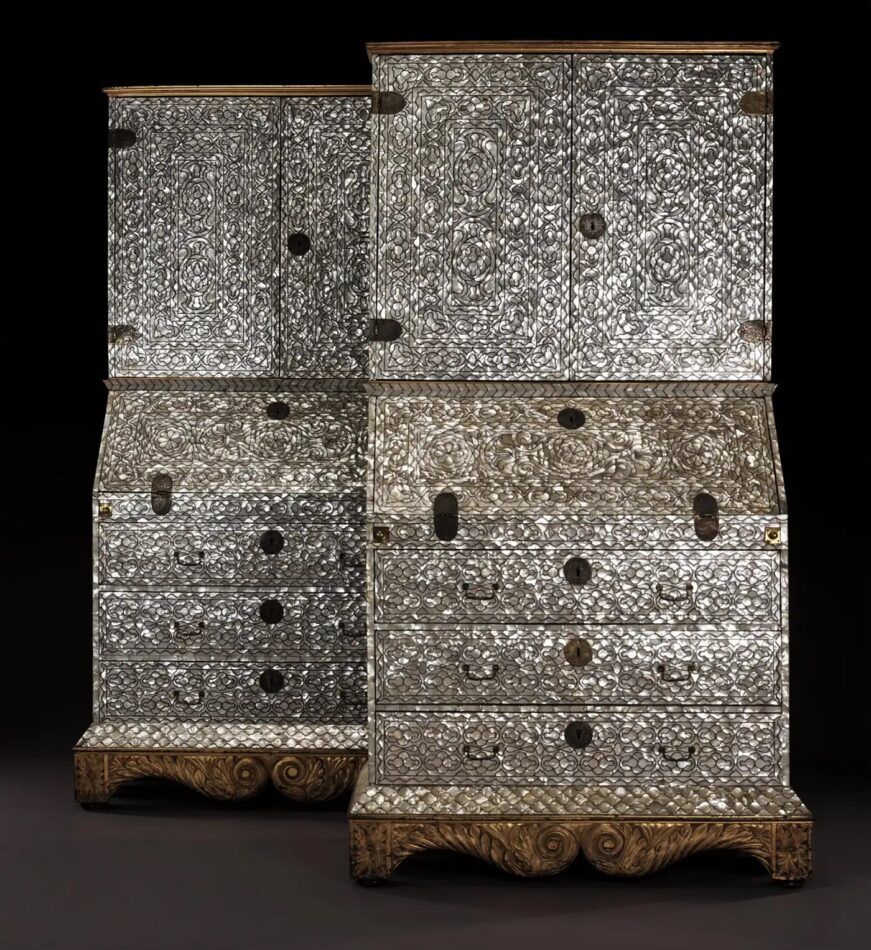
Only an extraordinarily complex cultural cross-pollination could have produced this dazzling pair of secretary desks, which belonged, some three centuries ago, to the Spanish viceroy of Lima, Peru.
Made of cedar lavishly decorated with mother-of-pearl inlay and standing seven feet tall, they were clearly intended to impress, perhaps to intimidate. High-ranking colonial officials displayed showstoppers like these in reception rooms to assert their status.
“They’re not just functional furniture — these were diplomatic statements, expressions of wealth,” says Dickie Zebregs, a partner in the Amsterdam antiques gallery Zebregs&Röell, which is currently offering the rare pieces on 1stDibs. “They’re windows into a forgotten world.”
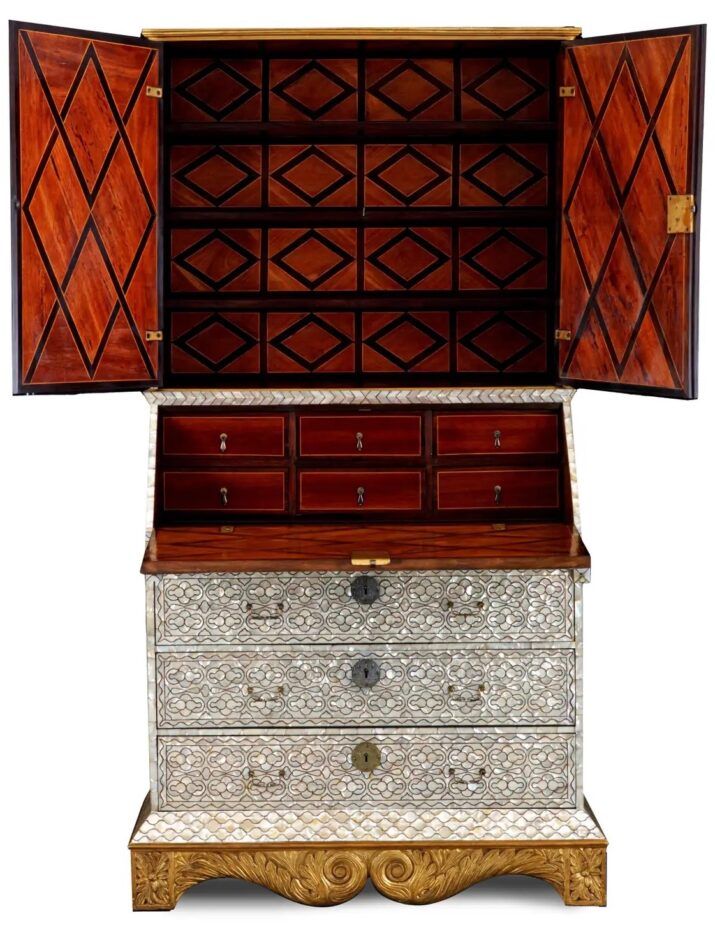
Zebregs&Röell specializes in museum-quality objects (the gallery’s client list includes the Rijksmuseum, the Louvre and the Metropolitan Museum of Art) that reflect global trade among Europe, Asia, the Americas and Africa from the 16th to the early 19th century, the era of exploration and colonial expansion.
Their wondrous inventory includes netsuke, Victorian taxidermy, arms and armor of epochs long past and other curiosities. “What ties it all together is not just age but relevance: objects that tell a story of how cultures met, mingled and influenced each other through diplomacy, trade or conquest,” Zebregs says. “We’re particularly drawn to hybrid works where indigenous craftsmanship intersects with European forms and iconography.”
The iridescent secretaries are a clear example of just that kind of synthesis. Most likely made in colonial Peru or Mexico between 1720 and 1760, during a period when furniture, game boards, religious wares and other objects decorated with nacre were all the rage, they represent a fusion of Spanish Baroque design, Asian decorative techniques and motifs and South American craftsmanship, Zebregs says. “You can see Spanish courtly aesthetics along with echoes of Asian lacquerware, brought to the Americas via the Manila galleons,” Spanish trading ships that plied the Pacific from the Philippines to Acapulco between 1565 and 1815, laden with luxury goods from the Far East. “They blended into something unique to the Americas.”
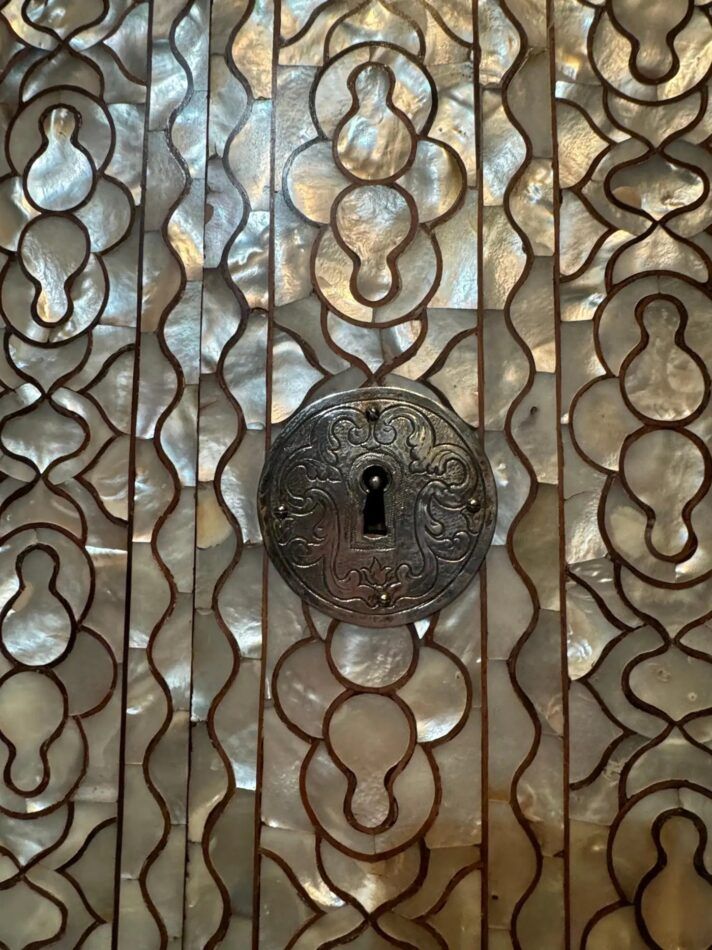
In addition to mother-of-pearl, the cabinets each have a carved giltwood cornice and base, as well as silver hardware. They’re almost as beautiful inside, with gleaming hardwood veneers arrayed in a graphic diamond pattern. Zebregs sees the shimmering pieces at home with collectors who appreciate their layered history. “They would work beautifully in an eclectic interior that mixes modern design with rich textures and patina,” he says, as well as in an institutional or museum setting where their cultural context could be fully examined.
Together with esteemed Maastricht-based dealer Guus Röell, Zebregs founded the gallery in 2019 “out of a fascination with how cultures influenced each other through material exchange,” he says. “Amsterdam feels like the natural home for this gallery because of its history as one of the world’s oldest and most important trading ports. That history is embedded in the types of objects we present.”

